In 2025, power transmission line towers, also known as pylon transmission towers, form the backbone of global electrical grids, enabling the seamless delivery of electricity for 5G networks, smart cities, and renewable energy integration. With the global transmission tower market surging due to grid modernization and a projected USD 29.29 billion telecom towers market (Mordor Intelligence, 2025), these structures are critical for utilities and engineers. From China’s tallest electrical transmission tower, the 380-meter Zhoushan Tower, to Canada’s Hydro One transmission towers, this guide explores types, designs, costs, safety, and applications of power transmission towers. Whether you’re planning a high-voltage grid or a 5G deployment, this resource, brought to you by XH Tower, equips you with the knowledge to select the right solutions for your 2025 projects.
Understanding the types of power transmission towers is essential for selecting the right structure for your project. Towers are classified by function and design, each tailored to specific grid requirements, terrain, and voltage levels (66–1000 kV). Below are the four primary categories, along with specialized variants, as defined by industry standards (e.g., PN-EN 50341-1:2013).
Suspension Towers: These tangent towers support conductors on straight-line routes with minimal deviation (<2°). Using vertical insulators, they handle vertical loads from conductor weight, making them ideal for flat terrain. They account for 90% of towers in long, straight transmission lines due to their cost-effective design.
Tension Towers: Also called deviation or anchor towers, tension tower transmission structures manage directional changes (2–60°) using horizontal insulators. They withstand axial strain from conductor tension, categorized as B-type (2–15°), C-type (15–30°), or D-type (30–60°). They’re critical for curved routes or uneven terrain.
Terminal Towers: Terminal transmission towers connect power lines to substations or underground cables, designed for end-of-line stability. They handle high tension to ensure grid integration, often used near power plants or distribution stations.
Transposition Towers: In polyphase AC systems, transposition towers in electrical transmission lines reconfigure conductor positions to balance electrical loads, reducing voltage imbalances. These are less common but vital for long-distance transmission.
Specialized Towers: Include river crossing towers (e.g., Hydro-Québec’s St. Lawrence crossing) for long spans and multi-circuit towers for space optimization in dense grids.
Each type is engineered to balance structural stability, electrical efficiency, and environmental resilience, ensuring reliable power delivery across diverse landscapes.
The design of power transmission towers combines civil, mechanical, and electrical engineering to ensure durability, efficiency, and aesthetic compliance. Modern innovations address wind loads (up to 200 km/h), seismic activity, and urban zoning, with materials and structures evolving to meet 2025’s demands.
Materials:
Steel Lattice Towers: Made from ASTM A36 or A572 steel, these offer a high strength-to-weight ratio and are hot-dip galvanized (ASTM A123) for 30–50 year corrosion resistance. They dominate high-voltage lines (66–1000 kV).
Concrete Towers: Used for 380 kV lines in Switzerland (e.g., 59.5 m Littau pylon) and river crossings in China (e.g., 257 m Yangtze Powerline Crossing). They provide longevity but are heavier.
Composite Towers: Emerging lightweight materials reduce installation costs and environmental impact, ideal for remote areas.
Structural Designs:
Lattice Towers: Grid-like frameworks withstand heavy loads and high winds, suited for long-distance transmission.
Monopole Towers: With a small footprint (1–2 m²), these tubular steel or concrete structures are perfect for urban settings and 5G antenna hosting.
Guyed Towers: V-shaped or portal structures use guy wires for stability, reducing material costs on uneven terrain.
Height and Span: Standard towers range from 15–55 m, but tallest electrical transmission towers like China’s Zhoushan Tower (380 m) support long spans (e.g., river crossings) with flight safety lamps and reflectors for navigation clearance.
Innovations: Spiral/helical designs reduce wind resistance, inflatable towers enable rapid deployment, and smart sensors monitor structural health in real-time, enhancing grid reliability.
These advancements ensure towers meet ANSI/TIA-222-G standards for structural integrity and support next-generation grid demands.
In 2025, power transmission towers are critical for high-voltage grids, 5G connectivity, and renewable energy integration. Their applications span urban, rural, and industrial settings, addressing diverse infrastructure needs.
High-Voltage Grids: Towers support 66–1000 kV AC/DC lines, transporting bulk power from power plants to substations over long distances, ensuring grid stability.
5G Integration: Monopole towers host cell antennas for 5G networks, enabling urban connectivity with minimal footprint and camouflage designs (e.g., tree-shaped towers) to comply with zoning regulations.
Renewable Energy: Towers facilitate solar and wind power integration into smart grids, supporting clean energy goals. For example, Hydro One transmission towers in Canada use double-circuit towers (110–315 kV) to connect hydroelectric complexes.
Urban Aesthetics: Stealth designs blend into cityscapes, addressing public concerns while maintaining functionality.
Case Study: Hydro One transmission towers include waist-type towers (110–735 kV) for uneven terrain and guyed-V towers for 230–735 kV lines, powering Canada’s La Grande and Manic-Outardes hydroelectric complexes.
These applications highlight the versatility of pylon transmission towers in modernizing global infrastructure.
Understanding power transmission tower cost is crucial for budgeting 2025 projects. Costs vary based on material, height, design, and installation, with no exact pricing publicly available due to customization.
Material Costs: Steel lattice towers are 15–20% more expensive than monopoles due to higher material use and complex assembly. Concrete towers are costlier upfront but offer long-term durability.
Height and Customization: Taller towers (e.g., 100–380 m) and specialized designs (e.g., river crossing towers) increase costs due to engineering complexity and navigation clearance requirements.
Installation: Monopole towers require smaller foundations and less labor (days vs. weeks), reducing costs by 10–15% compared to lattice towers. Guyed towers further lower costs with minimal material use.
Market Trends: China’s economies of scale enable 20–30 day delivery and competitive pricing, making it a hub for cost-effective towers. The transmission line towers cost about 28–43% of total project expenses.
For precise transmission tower price estimates, partnering with a supplier like XH Tower ensures tailored solutions within budget.
Transmission tower safety is paramount to prevent outages and ensure grid reliability. Towers are designed to withstand environmental stressors and incorporate safety features for maintenance crews and public safety.
Design Safety: Towers meet ANSI/TIA-222-G standards, resisting wind loads (200 km/h), ice, and seismic activity. Slenderness ratio (150 for legs, 350 for tension members) ensures bending resistance.
Components:
Insulators: Porcelain or glass insulators (70 kN for suspension towers) prevent electrical faults, with arcing horns on approach towers (1.5 km from substations).
Flight Lamps and Reflectors: Mandatory for river crossing towers (e.g., Elbe Crossing 2, 227 m) to ensure aviation safety.
Bird Deterrents: Reduce environmental impact and prevent short-circuits.
Maintenance: Regular corrosion inspections (hot-dip galvanizing ensures 30-year durability) and grounding (e.g., pipe earthing, <15 ohm resistance) prevent failures. Double earthing is used for railway crossings.
Safety Protocols: Avoid climbing towers due to shock risks. Use professional maintenance services and aerial rollers for safe insulator hoisting.
These measures ensure pylon transmission towers operate safely in 2025’s demanding grids.
For reliable, cost-effective, and innovative transmission tower solutions, XH Tower is your trusted partner. As a leading China-based manufacturer, we offer:
Customized Designs: From 15–100 m tension towers, terminal towers, transposition towers, to monopoles, compliant with ISO 9001:2015 and ANSI/TIA-222-G.
Applications: Support 5G networks, smart grids, and renewable energy projects with hot-dip galvanized, aesthetic towers.
Efficiency: 20–30 day delivery and competitive pricing through economies of scale.
Contact XH Tower today for a free quote and power your 2025 infrastructure projects with durable, high-quality solutions!
Power transmission line towers, including suspension, tension, terminal, and transposition towers, are vital for 2025’s electrical grids, supporting 5G, renewable energy, and smart cities. With innovative designs like monopoles and spiral structures, and safety features ensuring reliability, these towers meet modern infrastructure demands. China’s leadership in cost-effective manufacturing and projects like the 380 m Zhoushan Tower highlight global advancements. For utilities and engineers, understanding tower types, costs, and applications ensures efficient project planning. Partner with XH Tower for customized, high-quality transmission towers to elevate your 2025 projects. Get in touch now for tailored solutions!
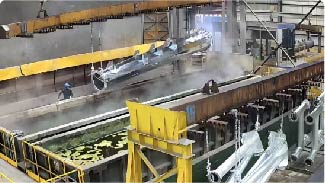
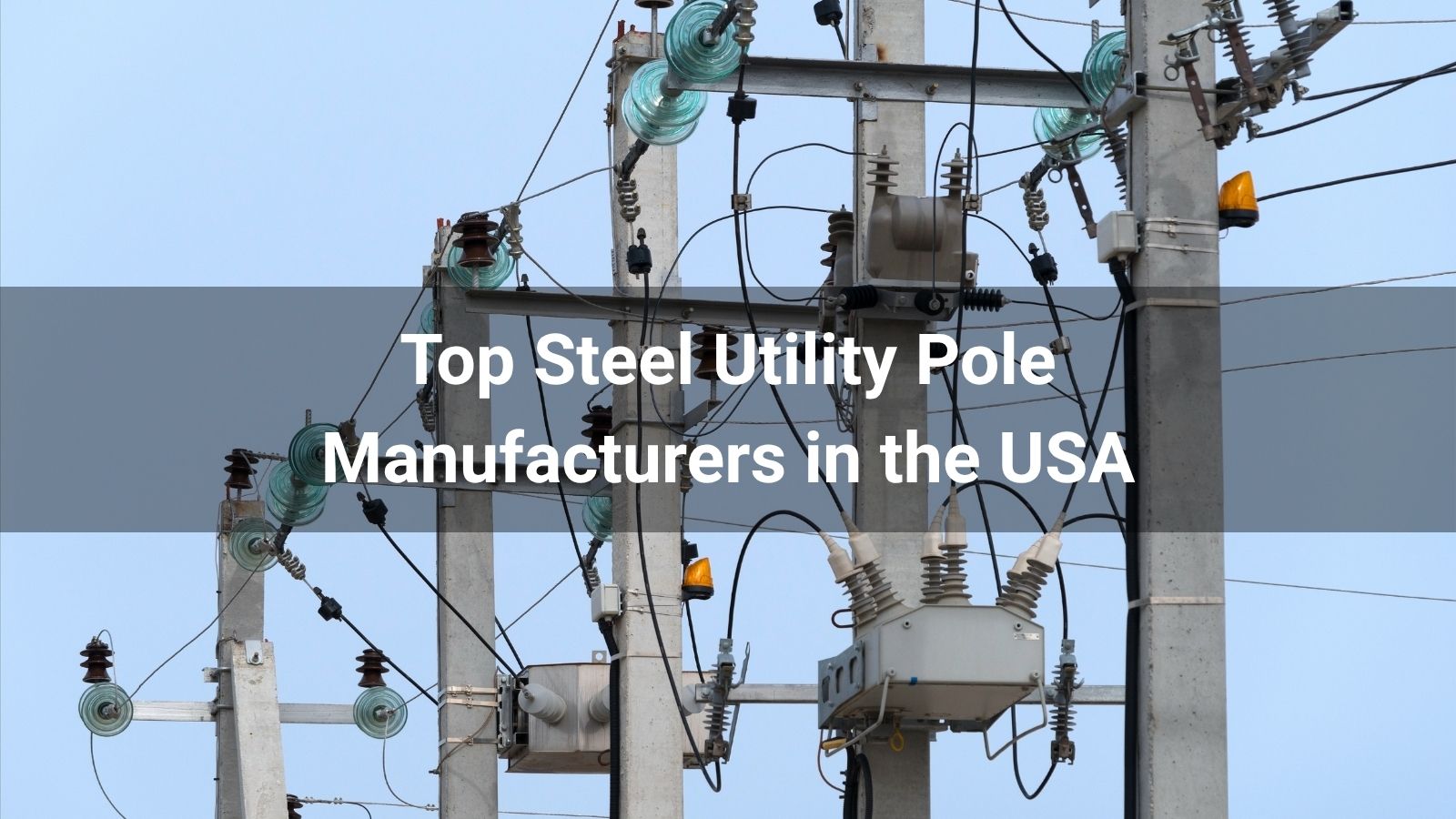
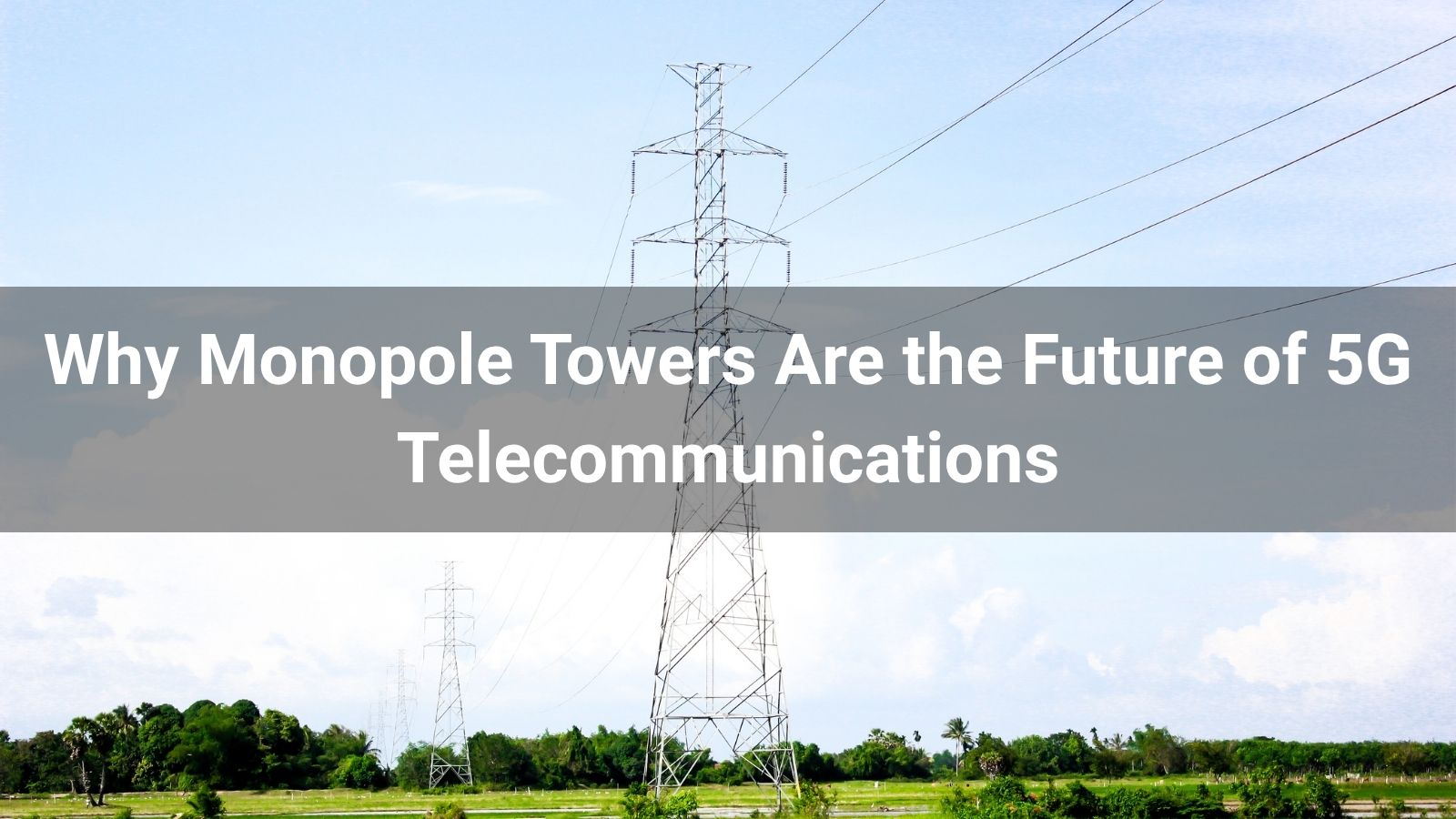
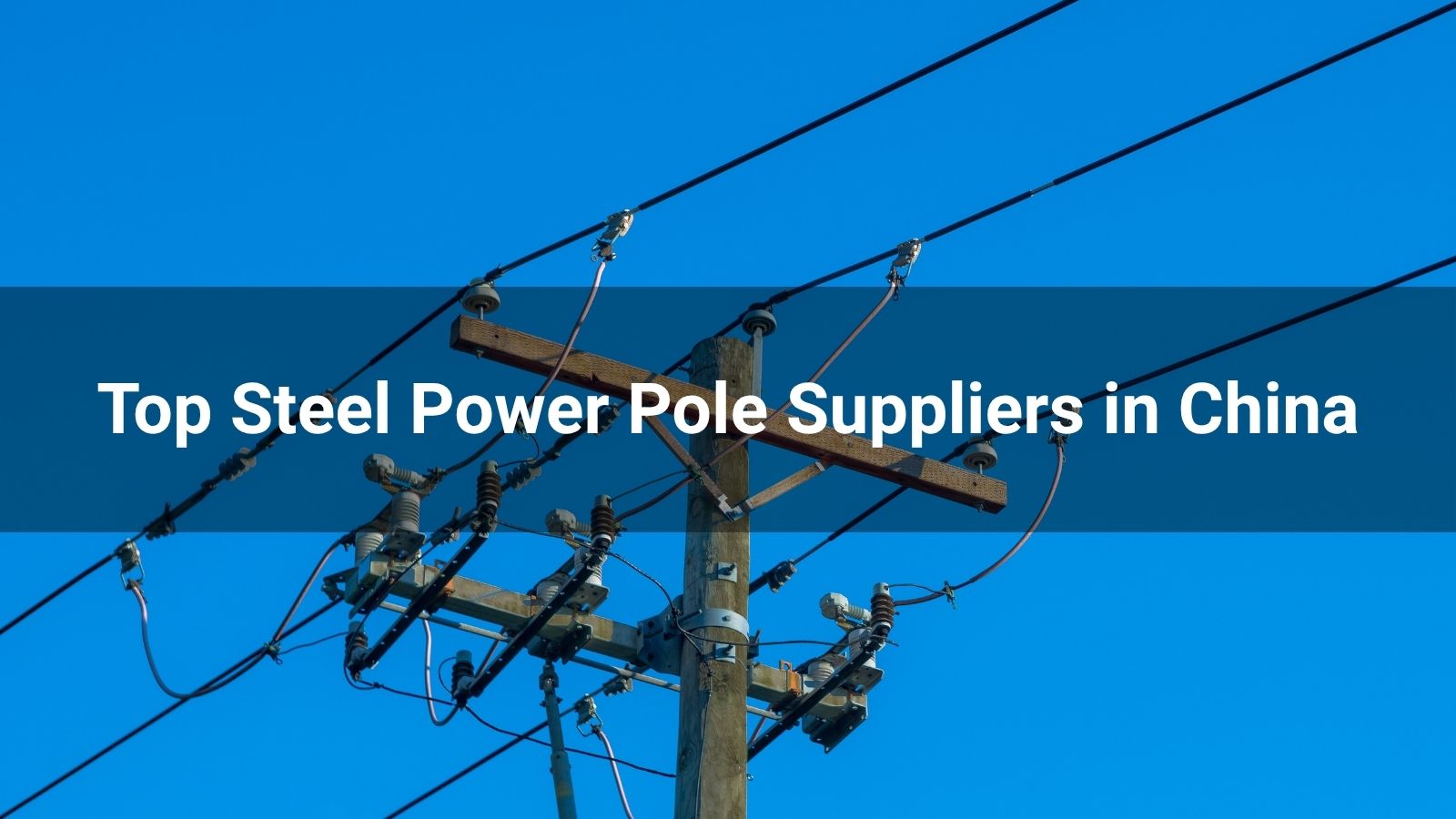
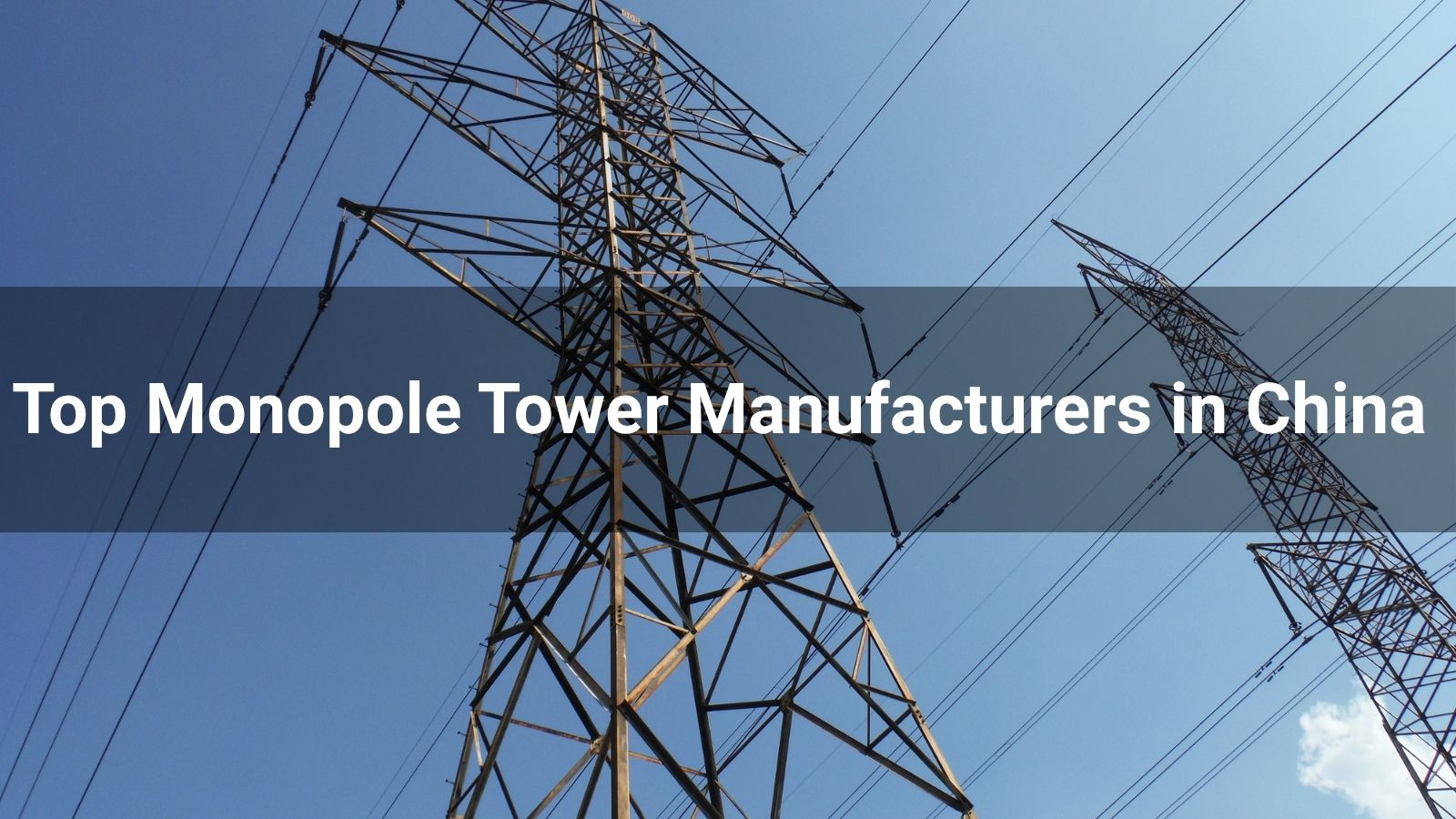
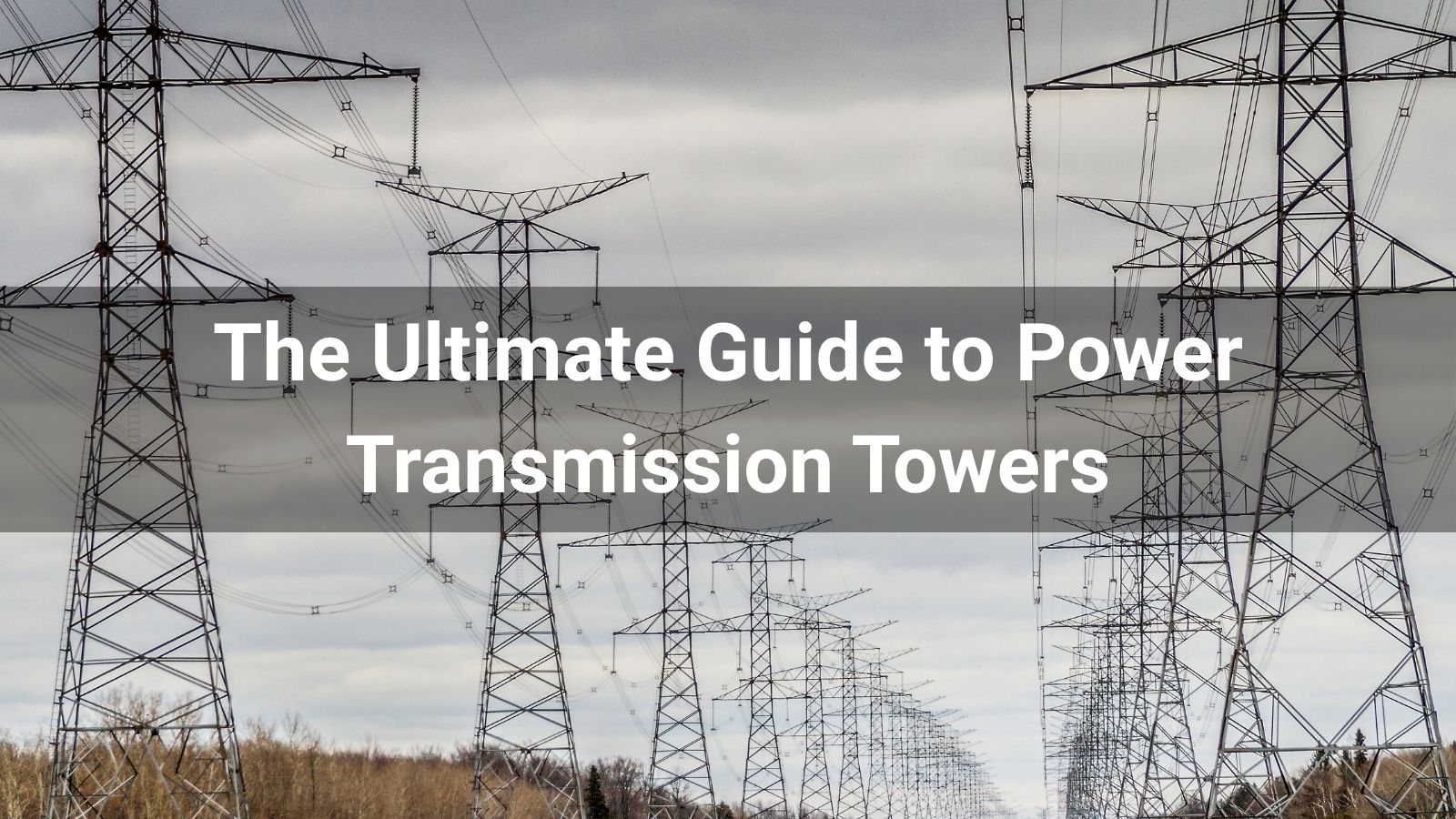
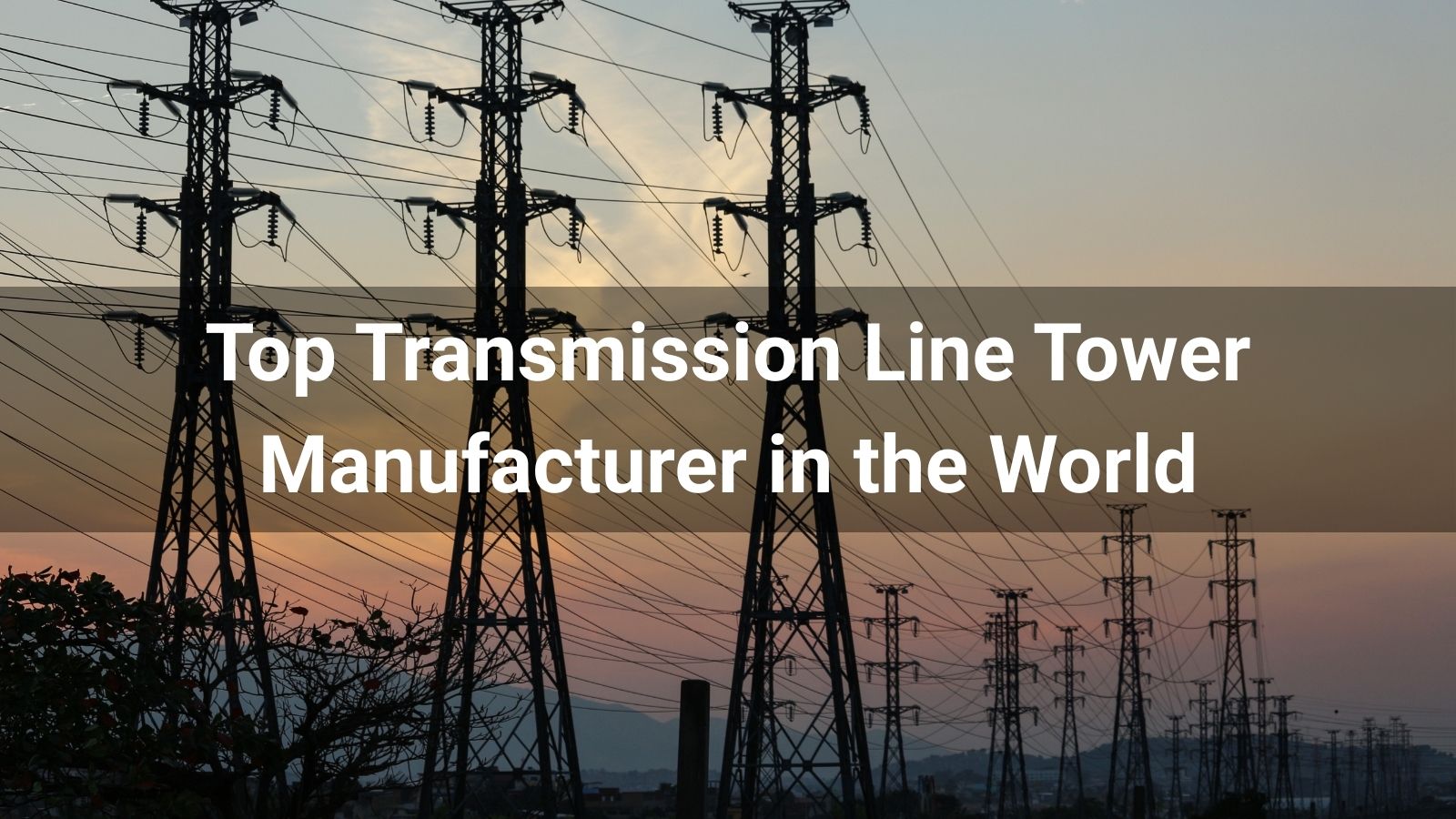



Learn how to choose a reliable steel utility pole manufacturer. Understand standards, QC, galvanization, engineering support, and key factors for safe, long-lasting utility poles.
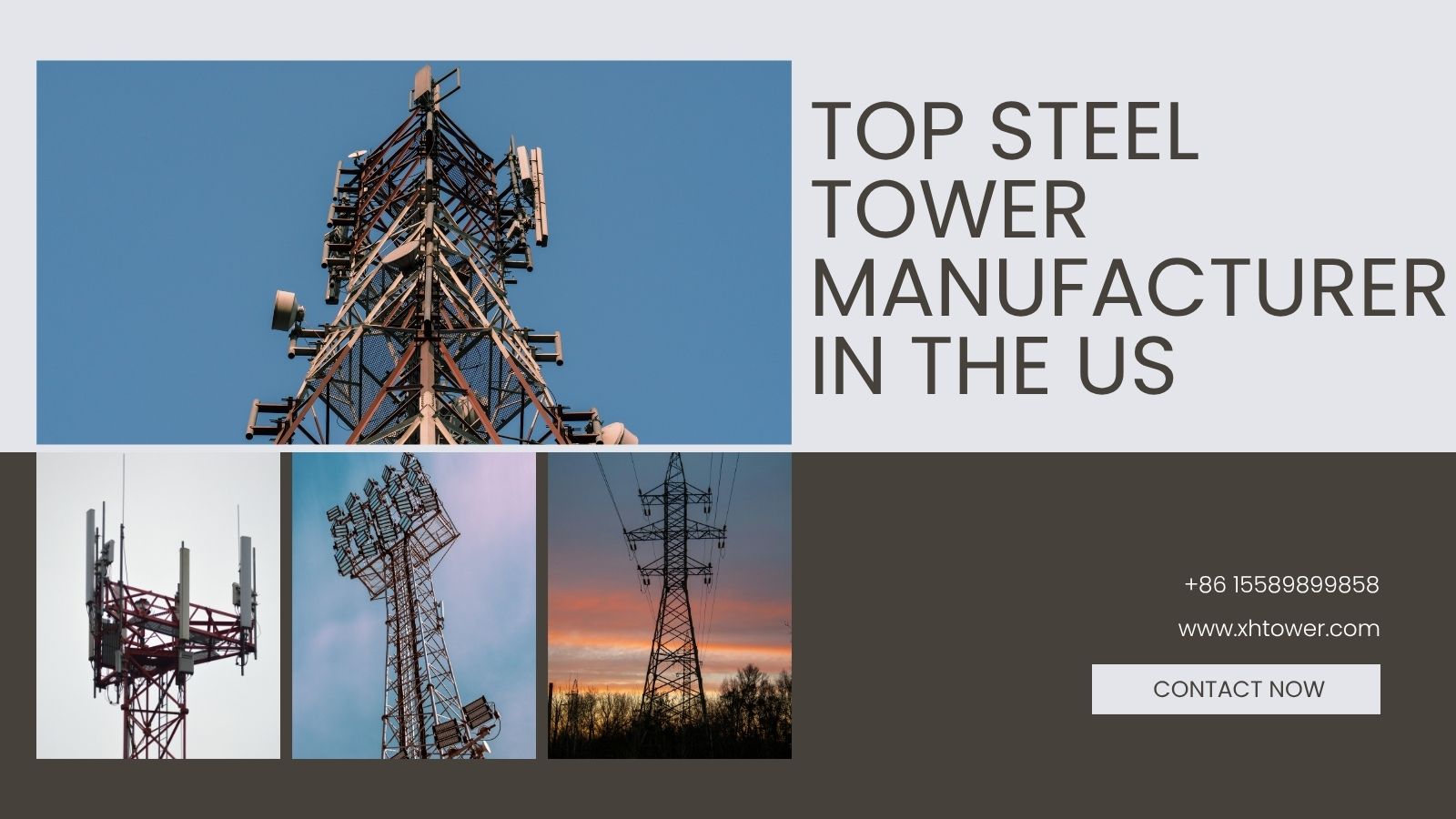
Discover the top 10 steel tower manufacturers in the US for 2025. Explore industry leaders, innovative designs, and reliable solutions for your projects.
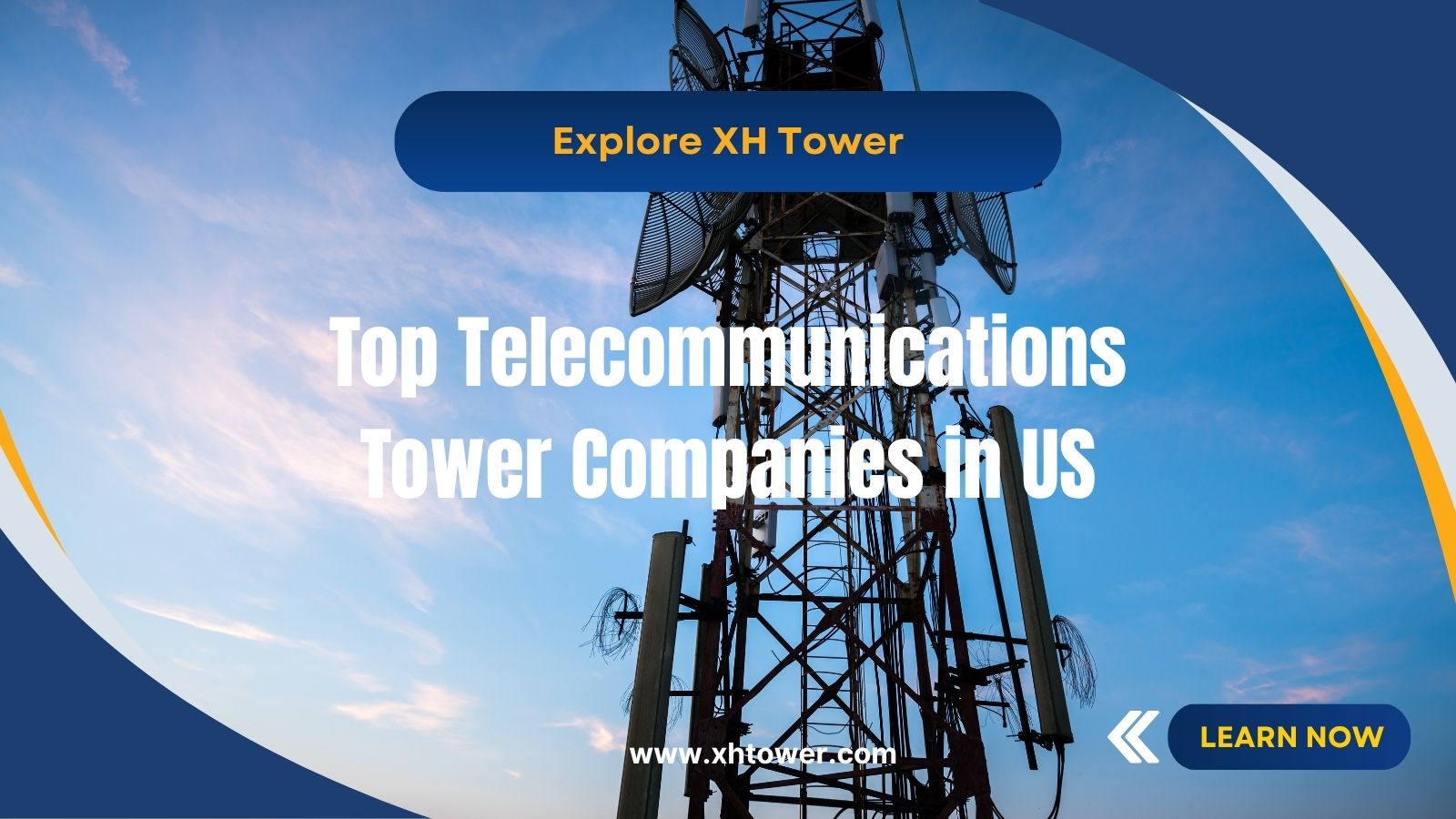
Discover the top 10 telecommunications tower companies in the US for 2025. Explore industry leaders and their innovations shaping the future of connectivity.
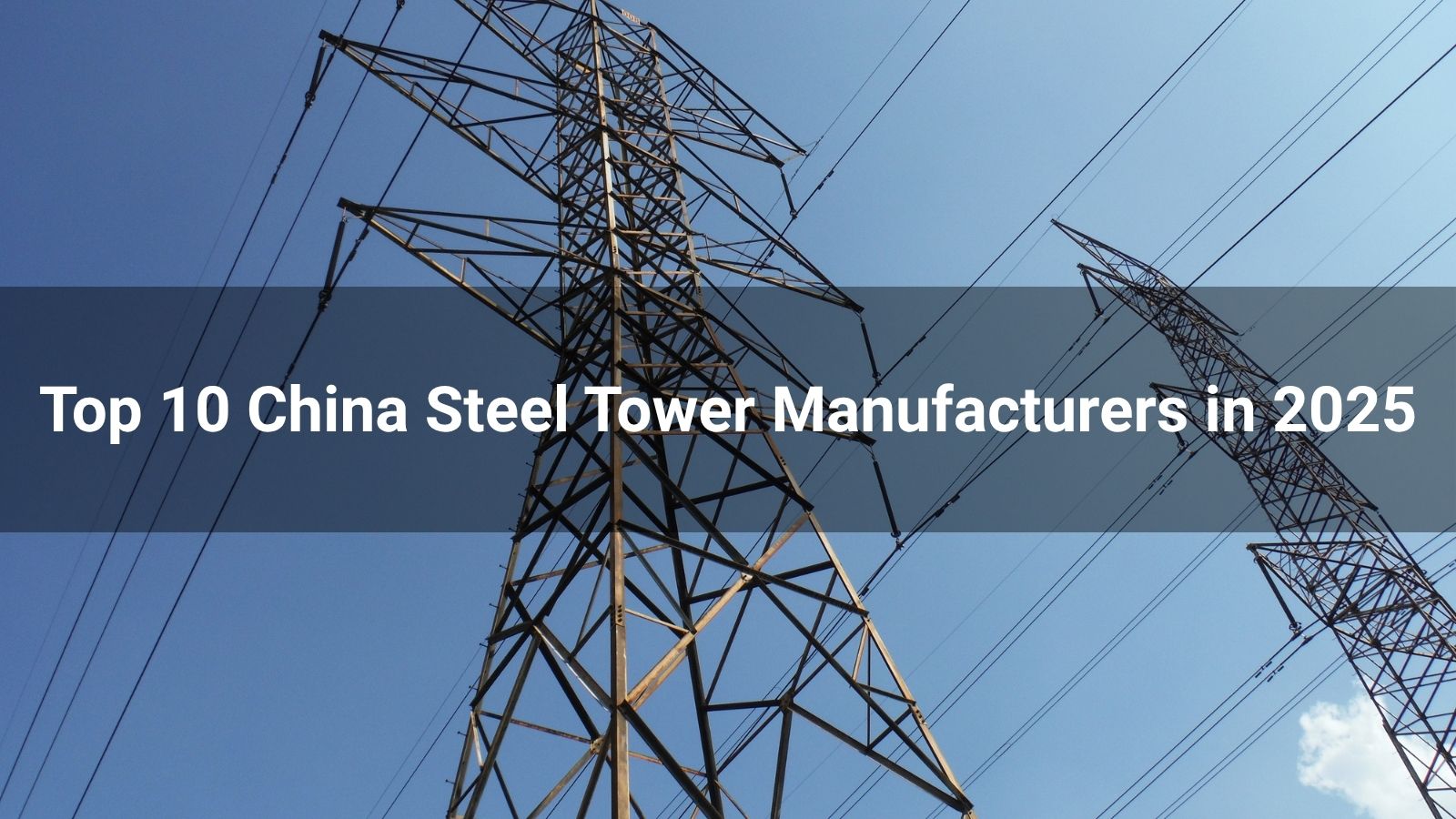
Discover the top 10 China steel tower manufacturers in 2025, leading in transmission and telecom towers. Partner with XH Tower for reliable solutions!




